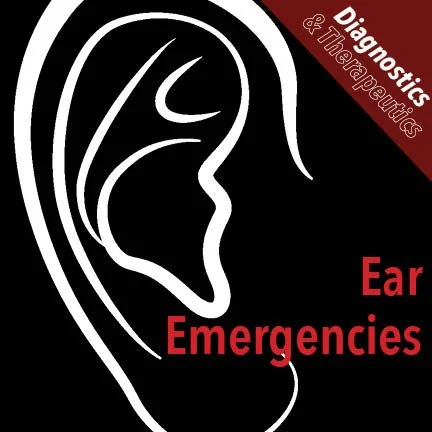Diagnostics and Therapeutics: The Who, What, Where, When and Why of Lumbar Punctures
/Lumbar punctures can be a high stress and difficult procedure for many. Dr. Knudsen-Robbins walks us through the optimal setup, performance, and troubleshooting of this procedure, including the ultrasound-assisted LP! Check out this article before your next LP attempt to breeze through this procedure with ease.
Read More


















